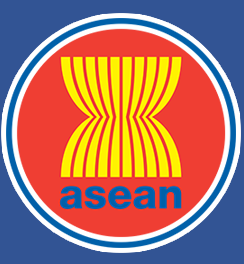ASEAN Journal on Science and Technology for Development
Abstract
The Ballast Water Risk Assessment serves as a “Decision Support System” for any given port to take appropriate ballast water management actions. Risk assessment involves collation of data from the ballast water reporting forms to identify the source of ballast water. The environmental characteristics of the source and recipient ports are utilized to evaluate the similarities. This is then combined with other risk factors, including voyage duration and risk species to gain a preliminary indication of the overall risk posed by each source port. The results will help in evaluating the risk posed by ballast water introductions, and decide whether to apply a blanket or selective ballast water management regime. The experience in India with ballast water risk assessment showed that manually submitted ballast water reporting forms were ridden with inaccuracies. Self-validating electronic ballast water reporting forms (e-BWRF) were introduced to overcome such inaccuracies. Our experience with the risk assessment conducted in an Indian port Visakhapatnam, suggests that the local ports pose higher risk of introduction. However, under such circumstances a risk reduction factor was introduced in the method to counter geographical proximities. The paper provides lessons learnt through ballast water risk assessment and the necessary corrective actions taken thereof.
Publication Date
9-15-2018
Recommended Citation
Venkat, Krishnamrthy; Subhash, Sawant; and Arga, Chandrashekar Anil
(2018)
"Ballast Water Risk Assessment: the Indian experience,"
ASEAN Journal on Science and Technology for Development: Vol. 35:
No.
1, Article 5.
DOI: https://doi.org/10.29037/ajstd.469
Available at:
https://ajstd.ubd.edu.bn/journal/vol35/iss1/5

